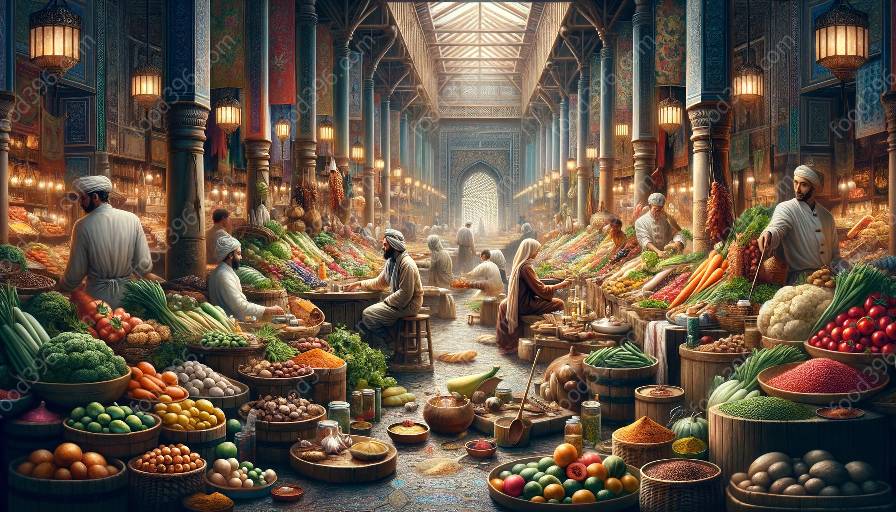The early modern period witnessed a significant transformation in the culinary landscape, as new ingredients and spices from around the world found their way into the kitchens of Europe. The fusion of cultures through exploration and trade routes resulted in a diverse and vibrant culinary scene, shaping the way we perceive food today.
Exploring the History of Early Modern Cuisine
Before delving into the specific ingredients and spices used in early modern dishes, it is essential to understand the broader context of early modern cuisine. Early modern Europe, roughly spanning from the 15th to the 18th century, was a time of great exploration, colonization, and trade. This era marked the beginning of global interconnectedness, with spices, herbs, and ingredients from distant lands making their way into European kitchens.
The influences of early modern cuisine were shaped by the expeditions of explorers such as Christopher Columbus, Vasco da Gama, and Magellan, who ventured to distant lands and brought back culinary treasures. The discovery of new trade routes also led to the exchange of foodstuffs, resulting in an unprecedented intermingling of flavors and culinary traditions.
Common Ingredients in Early Modern Dishes
The introduction of new ingredients had a profound impact on early modern cuisine. While staples such as bread, grains, and dairy remained prevalent, the inclusion of novel items transformed the culinary landscape. One such significant ingredient was the introduction of potatoes from the Americas. Initially met with suspicion due to its unfamiliarity, potatoes eventually became a crucial component of European diets.
Additionally, the influx of new fruits and vegetables, such as tomatoes, corn, and peppers, revolutionized the culinary repertoire of early modern cooks. These ingredients not only added variety to dishes but also introduced new and vibrant flavors that were previously unfamiliar in European cuisine.
Exotic Spices and Their Influence
Spices played a pivotal role in early modern dishes, particularly in the context of trade and exploration. The demand for exotic spices was one of the driving forces behind voyages to distant lands. The allure of spices such as cinnamon, cloves, nutmeg, and pepper inspired explorers to chart new territories, leading to significant historical transformations.
In early modern Europe, spices were symbols of wealth and power. They were used not only to enhance the flavors of dishes but also to showcase the status and refinement of the individuals or families who could afford them. Spice trade routes and the quest for exclusive access to spice-producing regions were central to the geopolitics of the time.
Regional Variations and Culinary Traditions
Early modern cuisine was not homogenous, and regional variations played a crucial role in shaping the culinary landscape. Each region had its own interpretation of early modern dishes, influenced by local ingredients, traditions, and cultural exchanges. The Mediterranean region, for example, had strong ties to trade routes and was a melting pot of culinary influences from Europe, Africa, and the Middle East.
Northern European countries, on the other hand, relied heavily on preserved foods due to harsh winters, leading to unique culinary techniques and flavor profiles. The Baltic Sea trade facilitated the exchange of goods and ideas, further enriching the culinary tapestry of the region.
Conclusion
The exploration of the ingredients and spices used in early modern dishes provides a fascinating glimpse into the evolving culinary traditions of the era. With a combination of established staples, newfound ingredients, and the allure of exotic spices, early modern cuisine laid the foundation for the diverse and globalized food culture we experience today.

